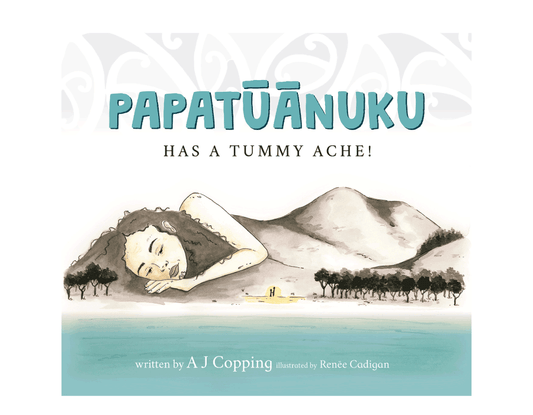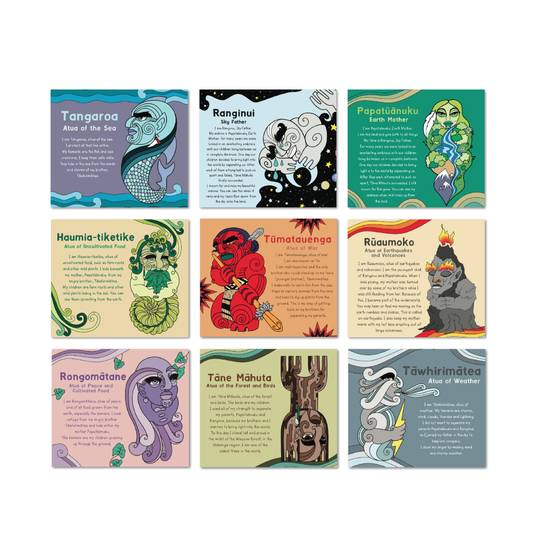Any Kiwi could tell you Waitangi day is an important day to be remembered throughout Aotearoa as it recognises the signing of the Treaty of Waitangi in 1840, creating a strong partnership between Māori and pakeha.
When we are teaching about Waitangi day, a national public holiday for NZ, it’s not only about remembering and honouring the signing of the treaty but it’s about recognising all that’s involved in this. Partnership is one of the key components in the treaty, which means that both Māori and pakeha should work together to create partnership throughout New Zealand.
It is imperative as a multicultural country that our tamariki (children) are brought up being immersed in an inclusive environment of both Māori and pakeha, whether it is in your own home or early childhood/school setting. The key to this is to provide children with knowledge, resources and language that helps them to begin to gain an understanding of our shared history and partnership in New Zealand/Aotearoa.
Although the historical understandings are important, for younger children the larger concept of the Treaty is much too hard to grasp, but by starting with simple aspects such as language, stories and culture help begin to foster beneficial learning opportunities for building the pathway we want to create; an inclusive learning environment whilst working in partnership with both Māori and pakeha in our early childhood settings.
With the resources we have created, we were very weary of ruffling any feathers. We have merely simplified it the best we can to just work with the facts in an unbiased angle.
Albert Einstein once said “If you can’t explain it to a six year old, you don’t understand it yourself.” Maybe he should’ve had a go at explaining the Treaty of Waitangi to a three year old.




